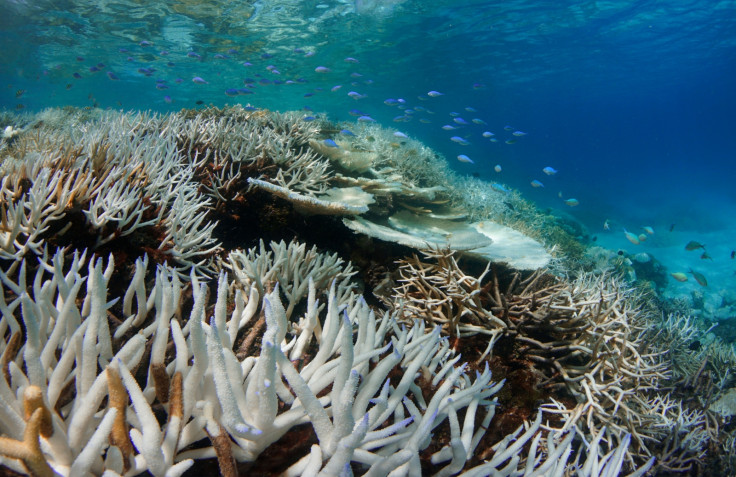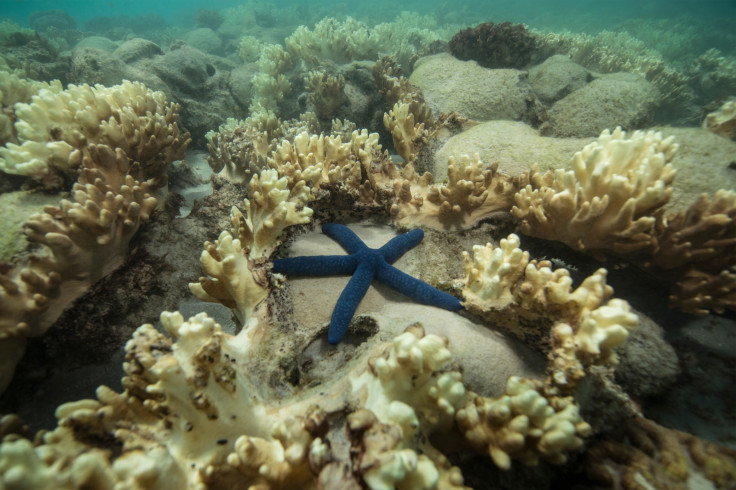Stunning video captures coral bleaching process for the first time
On the images recorded by scientists, damage begins after just two hours.
Scientists have captured on video for the first time the way corals react to heat stress and the process of coral bleaching, as it is actually happening.
More and more studies are warning that warming ocean temperature can negatively impact ecosystems in a number of ways. Perhaps the most visible one is coral bleaching. Since 2014, this phenomenon has been affecting coral reefs around the globe, in what is now described as the longest bleaching event in history.
Coral bleaching occurs when water temperatures are a couple of degrees above the normal summer maximum for more than two weeks on average. High temperatures over a long period indeed lead corals to expel the algae living in their tissues, which causes them to turn completely white. Corals can survive a bleaching event, but they are under more stress and face higher mortality rates.
While this process is well documented, scientists still struggle to understand the biological or physical mechanisms that cause differences in the susceptibility of corals to thermal stress. Explaining this is crucial to predict predicting how corals will fare as ocean temperatures keep rising as a result of global warming, extreme weather or stronger El Niño events.

Using a combination of microscope, digital camera and smart tablet, scientists from Queensland University of Technology (Australia), recorded close-up, detailed time-lapse videos of a coral species' physical reaction to heat stress – thus observing in great details the biological and physical processes at stake. Their work has now been published in scientific journal Coral Reefs.
Warming water simulation
To produce their video, the scientists placed solitary corals known as Heliofungia actiniformis into controlled aquariums, before heating the water up - from 26C to 32C over 12 hours. Their stunning images capture the effects on corals. They show corals rejecting Symbiodinium, tiny algae cells that live within their tissues and give them their vivid colours. The corals subsequently turned white.
The most surprising discovery was perhaps how rapidly the bleaching process occurred. "What's really interesting is just how quickly and violently the coral forcefully evicted its resident symbionts," said researcher Brett Lewis. "The H actiniformis began ejecting the symbionts within the first two hours of us raising the water temperature of the system."

The corals then survived on average between two and eight days under elevated temperature conditions. Previously, H. actiniformis had been considered as one of the very few corals on the Great Barrier Reef considered to be relatively resilient to bleaching.
This experiment does not reproduce exactly the current conditions of ocean warming. The rise of water temperatures has been much more progressive than the one modelled in the study.
However, the observations of corals as they bleach can provide a useful tool for scientists wanting to understand the process at stake, and how coral reefs around the world may be affected on the long term.
"Mass coral bleaching events are a concern for scientists globally with recent events on the Great Barrier Reef highlighting the threat of elevated water temperatures to the heath of reef ecosystems", the scientists conclude.
© Copyright IBTimes 2025. All rights reserved.






















